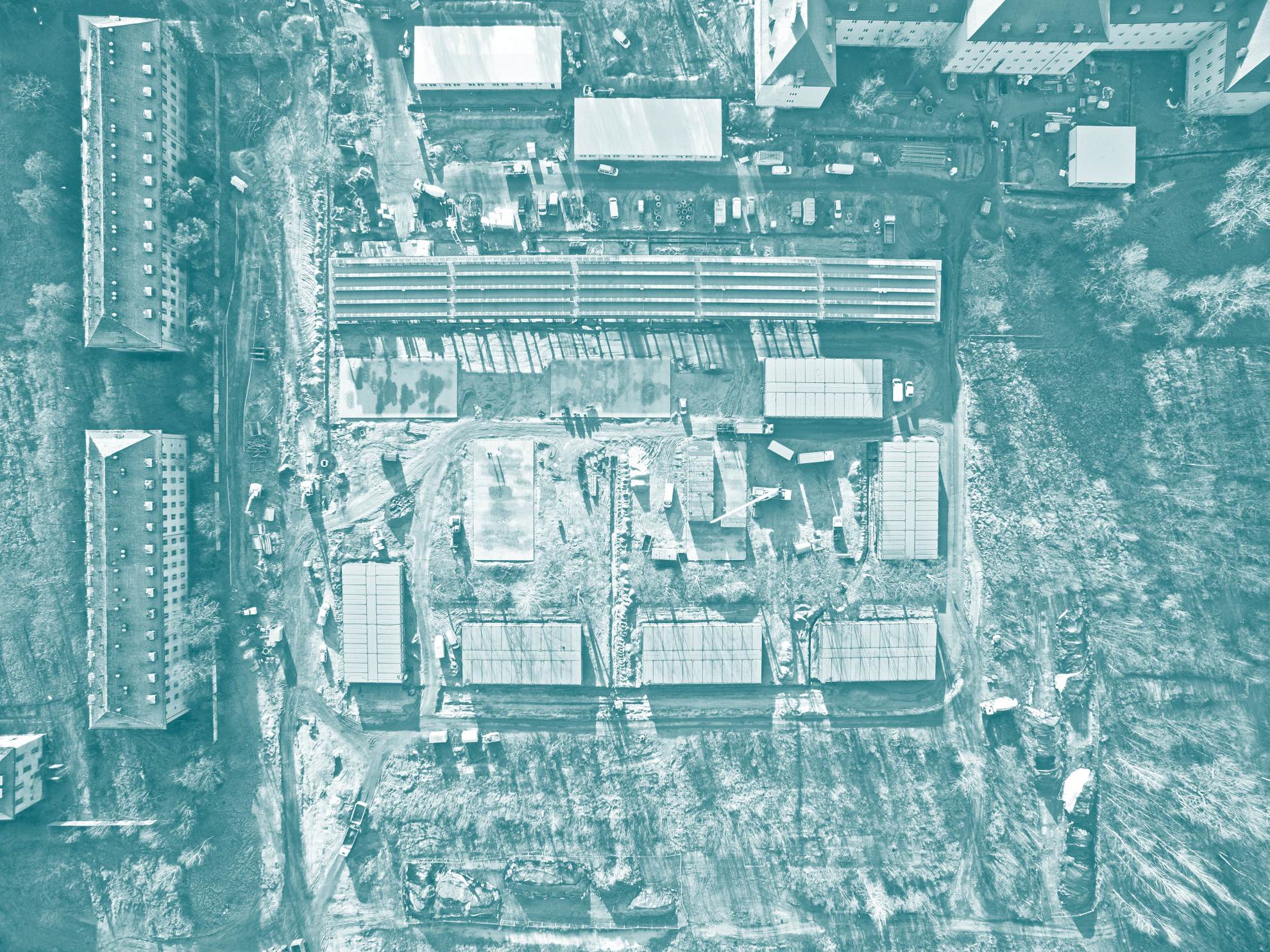17 June 2021 14:00 Colonizing Space and Time
Architecture and Expression of Authority: The Achaemenid Persian Empire in the Caucuses
Kamyar Abdi (Shahid Beheshti University), Faezeh Dadfar (Macquarie University)
Columned halls are considered one of the most important symbols of imperial ideology in the Achaemenid Persian Empire (ca. 550–330 BCE). Achaemenids adopted this particular architectural feature from earlier architectural traditions of the region and developed them into a much larger, imperial, scale. While massive columned halls in imperial Achaemenid capitals (e.g., Pasargadae, Susa, and Persepolis) were part of royal residences, smaller versions of these architectural features in provinces of the empire served as both the seats of the local governors, as well as expressions of the imperial authority. Archaeological research in the Caucuses has revealed a fairly sizeable number of architectural complexes with columned halls in this region. This is not surprising given that columned halls were an integral part of the architecture of power in the Caucuses before the rise of the Achaemenids. In fact, some of the older columned halls in the region were restored and reused by the Achaemenids when they annexed the Caucuses to their newly established Empire, while new ones were built throughout the region to express the imperial authority in a territory colonized by the Achaemenids.
We propose that the columned halls in the Caucuses were built in conjunction with a systematic program of restructuring the region with a new (Armenian) ethnic identity with close ties with the Persian overlords. This program of “Persianization” of the Caucuses seems to have paid off, for long after the fall of the Achaemenids, during the time of the later Iranian empires (the Arsacids and the Sasanids) (ca. 220 BCE–651 CE), the identity planted by the Achemenids played a vital role in conflicts with the Roman and Byzantine empires over the control of this strategic region.
Kamyar Abdi is a professor of archaeology at Shahid Beheshti University, Tehran, Iran. Abdi earned his BA in Archaeology from Tehran University (1992), his MA in Near Eastern Languages and Civilizations from the University of Chicago (1996), and his PhD in Anthropological Archaeology from the University of Michigan (2002). After years of teaching in the US, he returned to Iran in 2017 to pursue his career as an active field archaeologist. He has directed many field projects in Iran and has worked in archaeological expeditions in the US, Turkey, and Guatemala. Abdi has published on a range of topics, including the archaeology of nomadic societies in Iran, the history and politics of Iranian archaeology, and pre-Islamic Iranian polities.
Faezeh Dadfar is an archaeology graduate from Tehran University and Tarbiat Modarres University, two of the top universities in Iran. She is a future PhD candidate in Ancient History at Macquarie University in Sydney, Australia (starting October 2021). Dadfar has been a co-researcher in grant-winning research projects in the Iran National Museum, Bagh Negarestan Museum, and Reza Abbasi Museum. She has participated in archaeological expeditions at Susa, Deh-Luran Plain, Komishani, and Zagheh in Iran and Kotayk and Vayots Dzor in Armenia. Having studied archaeology for nearly a decade, her studies are mainly focused on the dynamics and shared patterns of power in economic and political centres in ancient Iran and its neighbouring regions.
